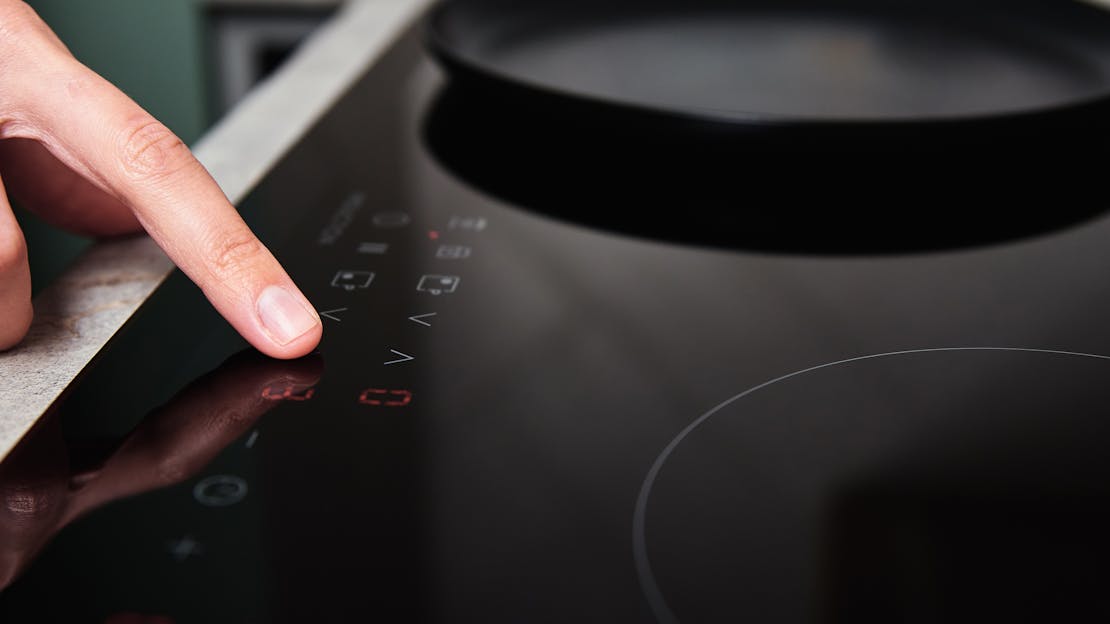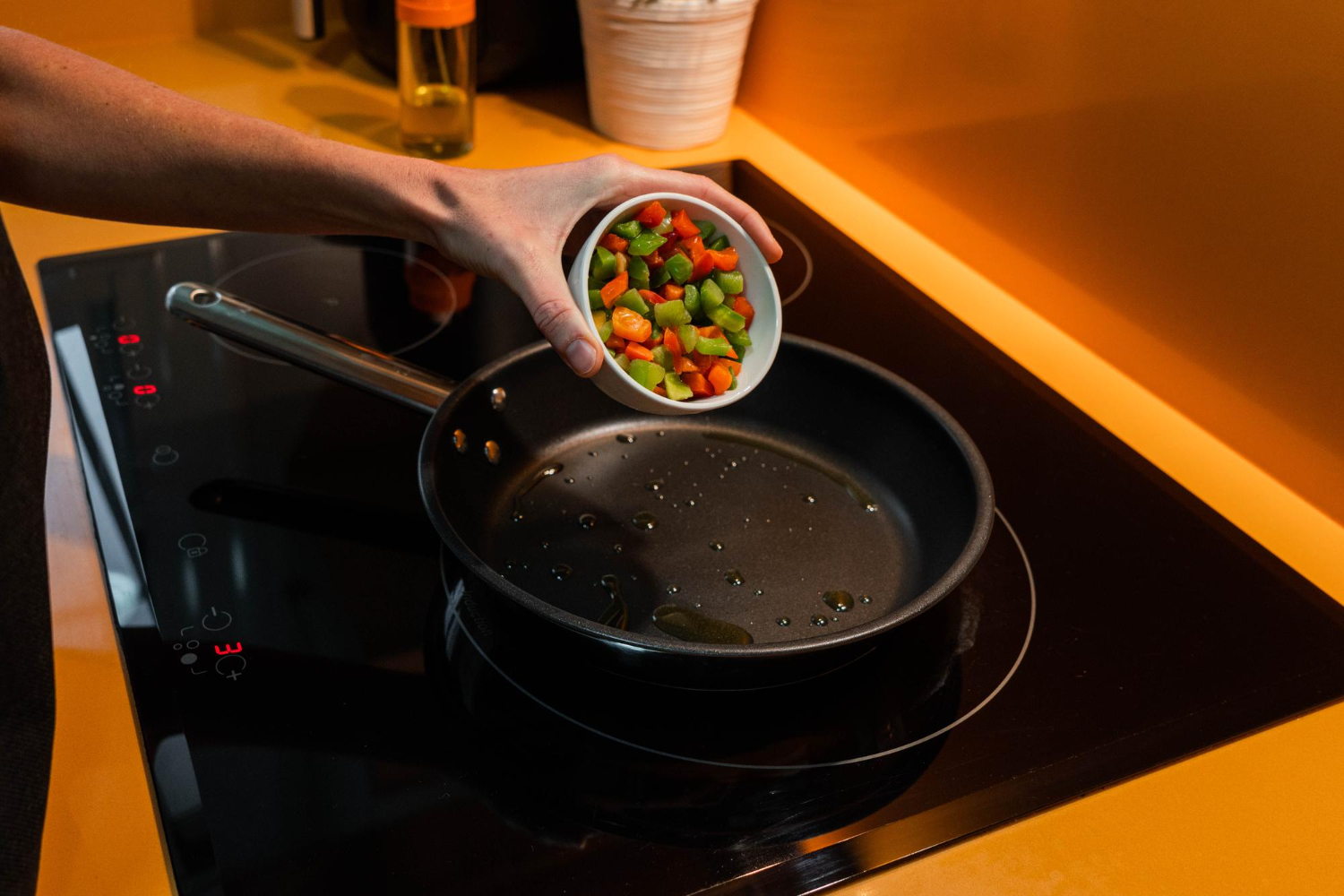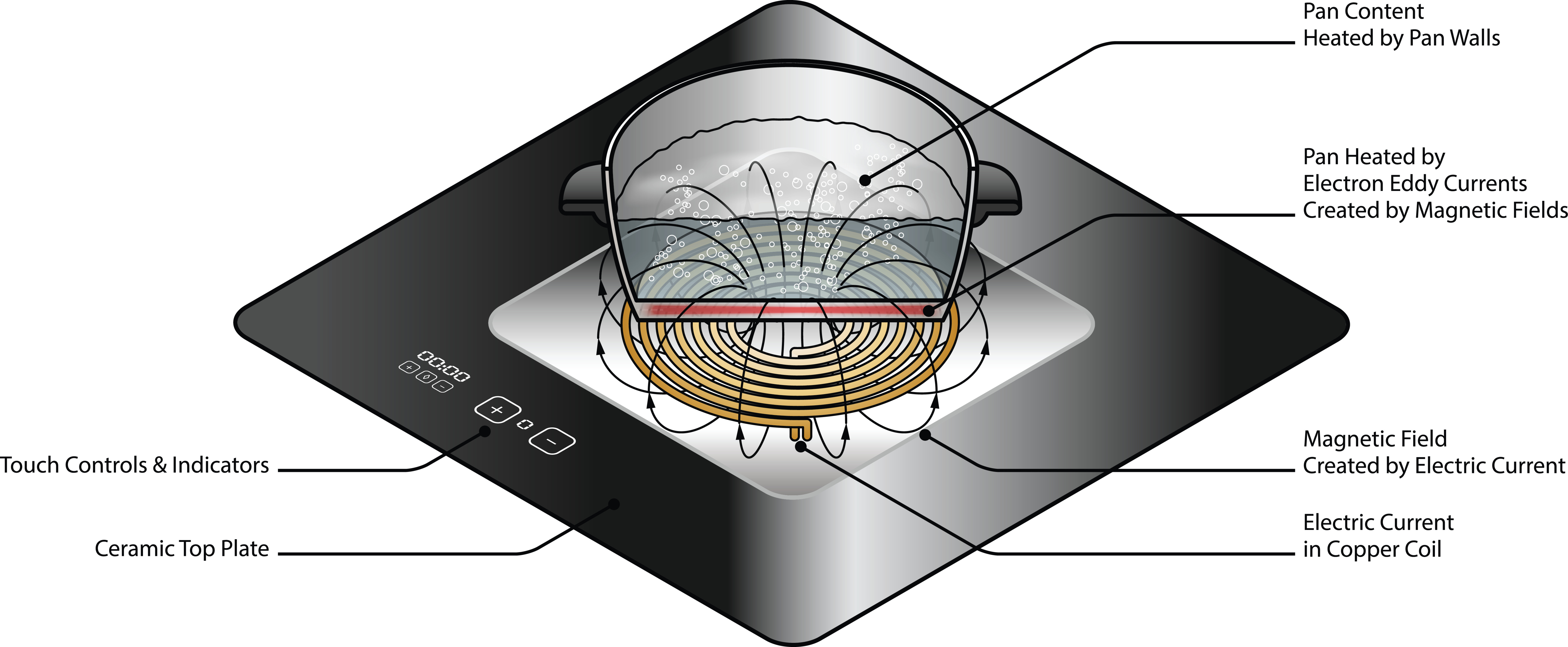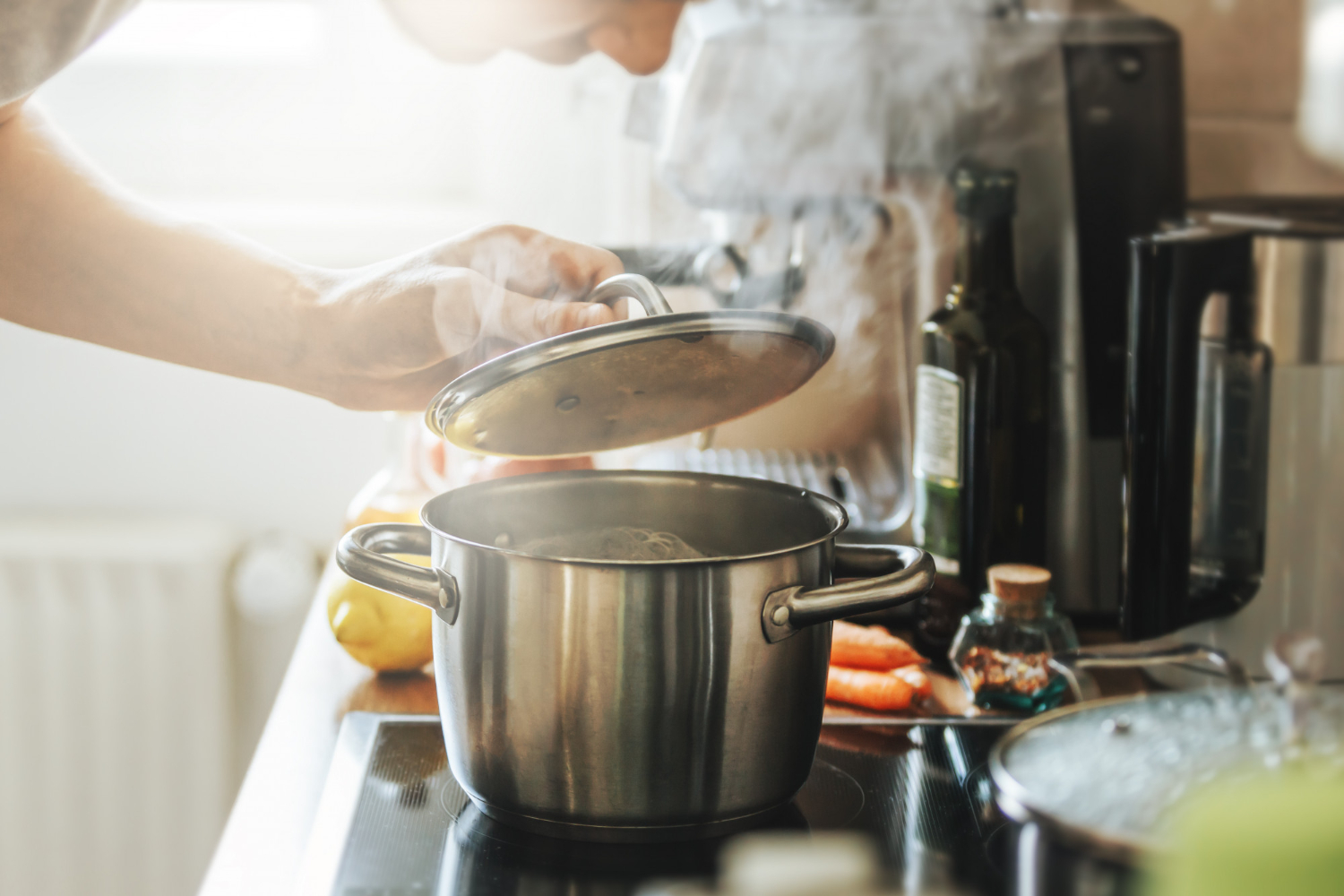
Why choose an Induction Hob: Features, Benefits, and Buying Tips
Welcome to our comprehensive guide on induction hobs, your go-to resource for understanding this state-of-the-art kitchen technology. We'll delve into what induction hobs are, why they're gaining popularity, and whether they're the right choice for your kitchen. Explore the advantages of rapid heating, precise control, energy efficiency, and safety features as we demystify induction hobs and assist you in making an informed decision for your cooking needs.
What is an induction hob
An induction hob looks similar to any other electric hob, but works in a completely different way. Unlike traditional gas or electric hobs, induction hobs employ electromagnetic technology to directly heat the cookware. When you place a compatible pot or pan with a ferrous (iron-based) bottom onto the surface of the induction hob, it generates an electromagnetic field, which in turn generates heat within the cookware itself. This heat is then transferred to the food inside the pot or pan, allowing for precise and efficient cooking.
Induction hobs are known for their rapid heating, precise temperature control, energy efficiency, and safety features, making them a popular choice among both home cooks and professional chefs.

How does an induction hob work
An induction hob functions by creating a powerful electromagnetic field beneath its glass or ceramic surface. When you place a pot or pan with an iron or ferrous metal base onto the hob, the magnetic field induces an electric current to flow within the metal base of the cookware. This electrical current generates heat directly within the base of the pot or pan, which is then transferred to the food or liquid inside. Consequently, the cookware and its contents heat up swiftly and efficiently, enabling precise and controlled cooking temperatures. Induction hobs are acclaimed for their rapid heating, energy efficiency, and safety features, including the ability to instantly deactivate the heat when the cookware is removed from the surface.

Pros and cons of induction hobs
Pros of Induction Hobs:
Rapid Heating: Induction hobs heat up quickly, reducing cooking time and enabling faster meal preparation.
Precise Temperature Control: They offer precise control over cooking temperatures, which is essential for delicate dishes and precise cooking techniques.
Energy Efficiency: Induction hobs are highly energy-efficient because they heat the cookware directly, wasting very little heat.
Safety Features: The hob surface remains cool to the touch when not in contact with compatible cookware, reducing the risk of burns. Many models also feature automatic shut-off when cookware is removed.
Easy Cleaning: The smooth glass-ceramic surface is easy to clean and doesn't have as many crevices as traditional stovetops, making maintenance simpler.
Even Heating: Induction hobs distribute heat evenly across the entire base of the cookware, minimizing hot spots and ensuring consistent cooking.
Child Locks: Most induction hobs have child safety locks, preventing unintended operation.
Cons of Induction Hobs:
Initial Cost: Induction hobs tend to be more expensive upfront compared to traditional gas or electric stoves.
Cookware Compatibility: They require cookware with a ferrous metal base (e.g., cast iron or stainless steel). Non-compatible cookware, such as aluminium or copper, won't work.
Noise: Some induction hobs can produce a faint humming sound when in operation, although this is usually not very loud.
Installation: If you don't already have an induction-ready electrical circuit, installation costs may be necessary to accommodate the appliance's power requirements.
Learning Curve: Users may need some time to adjust to the precise temperature control and cooking responsiveness of induction hobs, especially if they are accustomed to traditional stovetops.
Limited Pot Size: The size of the cookware must match the size of the heating zone on the hob for optimal efficiency.
Electromagnetic Interference: Induction hobs can interfere with certain electronic devices nearby due to their strong electromagnetic fields.
Despite these cons, many people find the advantages of induction hobs, such as speed, precision, and energy efficiency, to outweigh the drawbacks.
Are induction worth it
Induction hobs offer several advantages, including efficiency, precision, and safety. If these benefits align with your cooking style and needs, and you are willing to invest in compatible cookware and potentially upgrade your electrical circuit, then an induction hob can be a worthwhile addition to your kitchen. However, it's essential to evaluate the initial cost and compatibility with your existing kitchen setup to determine if it's the right choice for you.

Which induction hob is best for you
The most suitable induction hob for you will depend on your specific cooking requirements, kitchen space, and budget. Consider the following factors when selecting the right induction hob:
Consideration | Details |
Size and Number of Zones | Determine based on household size and cooking habits. |
Power Levels | Consider the range of power settings for precise control. |
Cookware Compatibility | Ensure cookware has a ferrous (iron-based) base for compatibility. |
Control Interface | Choose a user-friendly control interface (e.g., touch, dials). |
Safety Features | Check for child locks, overheat protection, and auto shut-off. |
Energy Efficiency | Seek models with energy-saving functions to reduce electricity use. |
Installation Requirements | Confirm kitchen has the necessary electrical setup or budget for upgrades. |
Brand and Reliability | Research reputable brands and read reviews for reliability. |
Budget | Set a budget and find a model that meets requirements within it. |
Warranty | Check the warranty provided by the manufacturer. |
Additional Features | Consider extras like timers, boost modes, or bridging elements. |
Aesthetics | Ensure the hob's design complements your kitchen style. |
Ultimately, the most suitable induction hob for you will be one that aligns with your cooking preferences, fits your kitchen layout, and suits your budget. Take the time to research and compare different models to make an informed choice.
